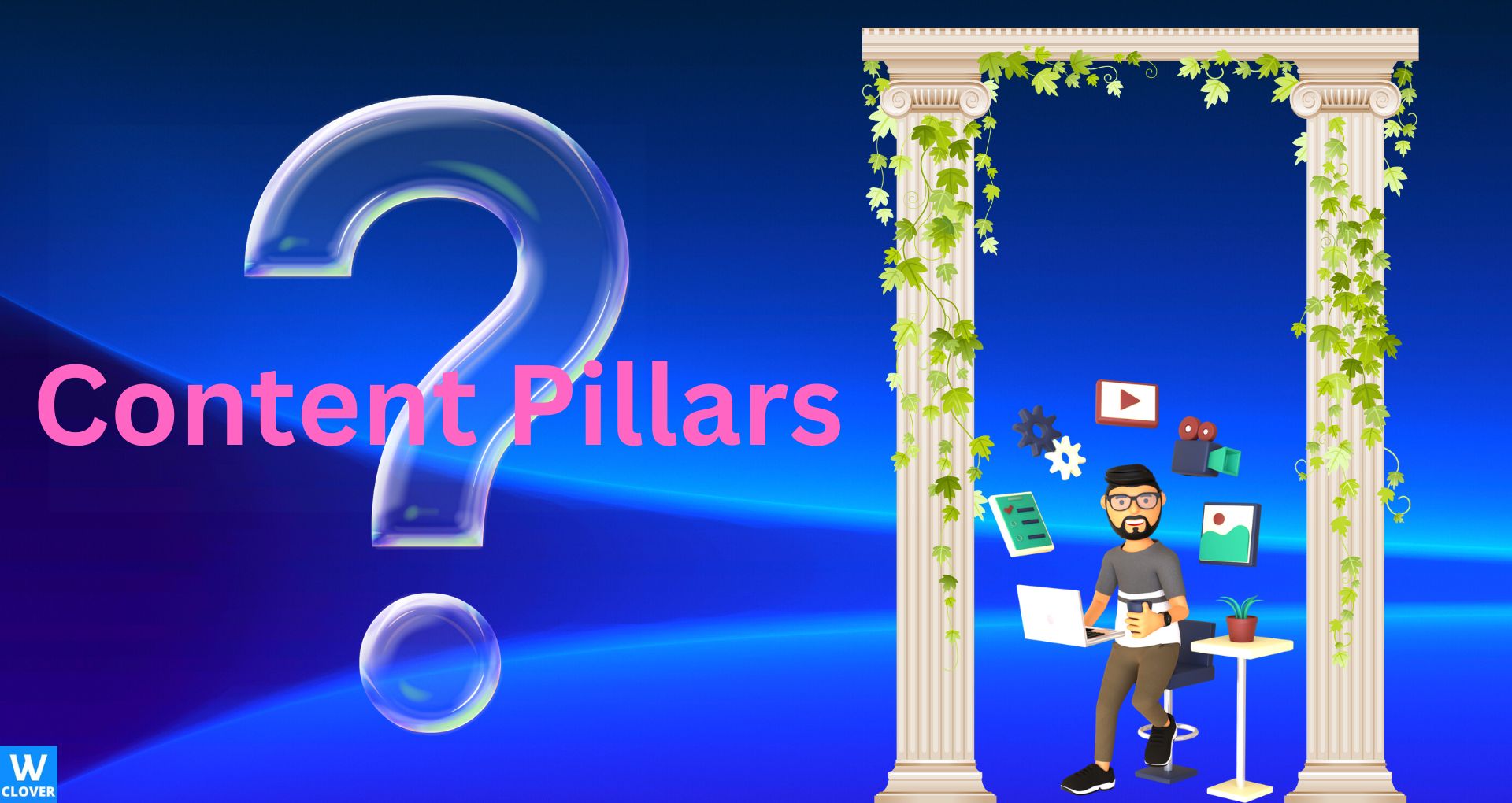Are you tired of creating content that falls flat?
Want to skyrocket your success with a killer content marketing strategy?
Then listen up, because here's the truth: content pillars are the secret sauce you've been missing!
Don't be one of those businesses that ignore their importance and struggle to connect with their audience.
Let me show you how to create content pillars that pack a punch, drive traffic, and achieve your business goals.
Trust me, you won't want to miss out on this game-changing strategy!
By the end of this article, you'll have a clear understanding of how to build a solid content strategy and how to use content pillars to drive traffic, engage your audience, to achieve your business goals.
Whatever you do, don't leave out content pillars, if you want to take your business to the next level keep reading!
This article might contain referral links from our chosen partners, that may bring us a small commission at no additional cost to you. Please read our disclosure page for more details.
What are content pillars?
Consider a content pillar the backbone of your content hub, connecting all the relevant information and delivering a complete, in-depth look at the subject.
Consider all angles while developing a content pillar. Your audience's questions should be answered in one place.
They can return to your main page for information, creating dedicated readers and customers.
Break the core topic into "cluster pages" to establish content pillars. These cluster pages expand on the core theme and are linked to the pillar.
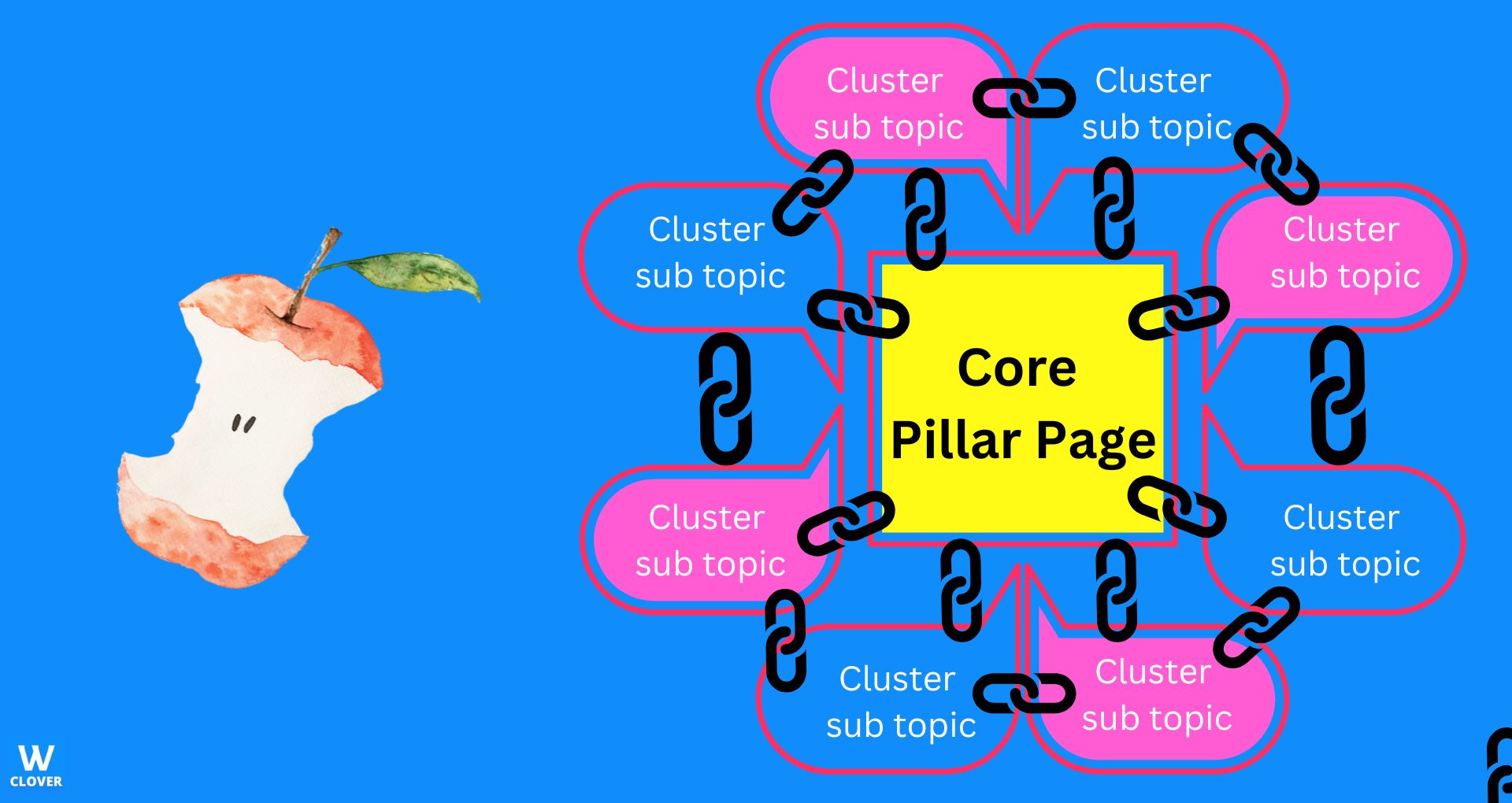
For example, If your pillar page is about SEO, your cluster pages cover technical, local, and SEO tools like Google Analytics.
Connecting all this material creates a comprehensive and compelling content center that covers your topic from every viewpoint.
Content marketing strategies need content pillars and cluster pages. They educate, develop trust, and keep readers coming back.
Why are content pillars important?
Content pillars are critical to your content marketing strategy for several reasons:
• They boost organic rankings and traffic. showing your expertise on a topic establishes you as a trusted source and industry leader.
• Content pillars and clusters' interlinking structure helps search engines grasp your content's context and how all the content is related, this boosts rankings and authority.
• The pillar-cluster approach also creates several subtopics and ideas from one theme. This is a good opportunity to target audience-relevant longtail keywords and subtopics.
• You can target conversational queries, relevant to your core topic to generate content ideas and search engine rankings.
To sum up, content pillars and clusters are necessary to:
Content pillar types
You may categorize a pillar post into three distinct types:
The Guide post
This type of pillar page provides a comprehensive guide on a specific topic. It covers all the crucial aspects and includes in-depth information on the subject.
Your guide pillar pages can be the lighthouse that guides readers to a deeper understanding of evergreen topics.
From an "ultimate guide" for beginners to a comprehensive exploration of a subject, these pages set the stage for an engaging and informative journey.
As your readers dig deeper, they'll find many supporting cluster pages that go into specific questions that are a part of the main topic.
Example:
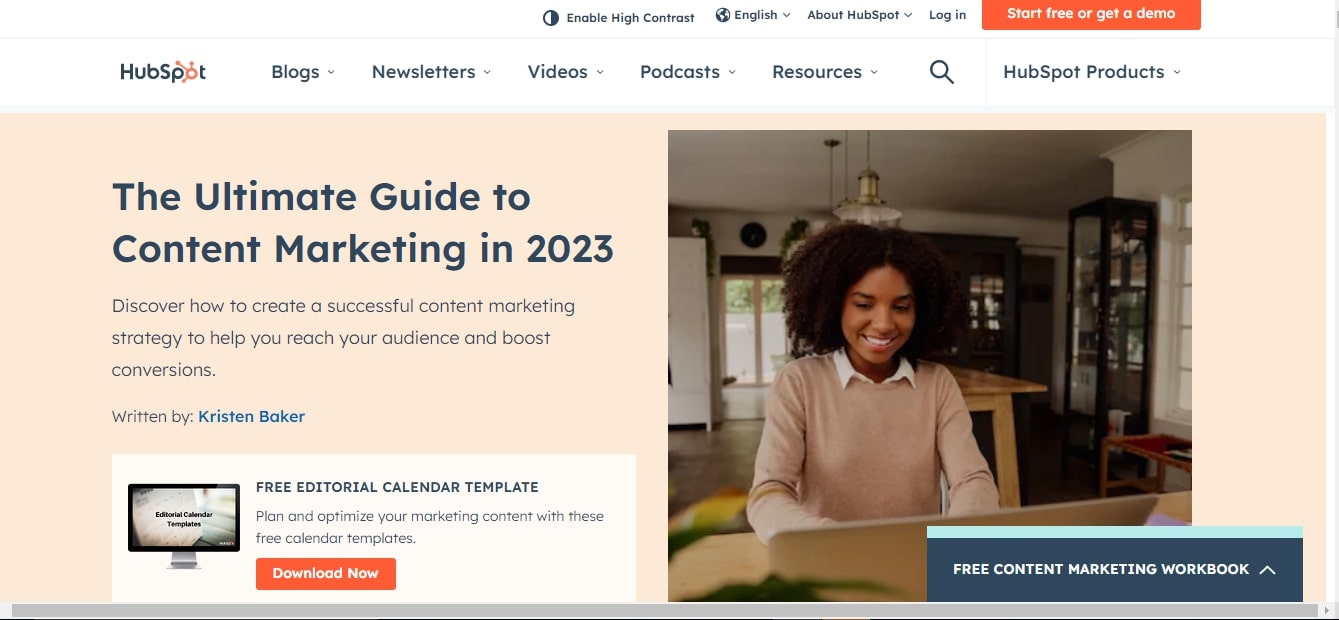
Let's take this example of a guide pillar page from Hubspot...
Titled "The Ultimate Guide to Content Marketing,"
The content on this pillar page provides a comprehensive overview of the topic, covering everything a business needs to know to create and implement a successful content marketing strategy.
The page ranks well in search engines for the keyword phrase "content marketing guide"
So what makes this page so effective?
The what is post?
"What is?" pillar posts explain a term or subject in detail.
The post typically begins with an introduction, then breaks down its key points, and concludes with a summary.
"What is?" posts educate readers and provide relevant information.
These articles are usually written in plain, clear language for a wide appeal.
Blogs, news, and educational sites always have "What is?" articles.
They're usually published by professionals who can provide information most people don't know.
This type of post is therefore an excellent method to educate and establish your expertise.
Example:
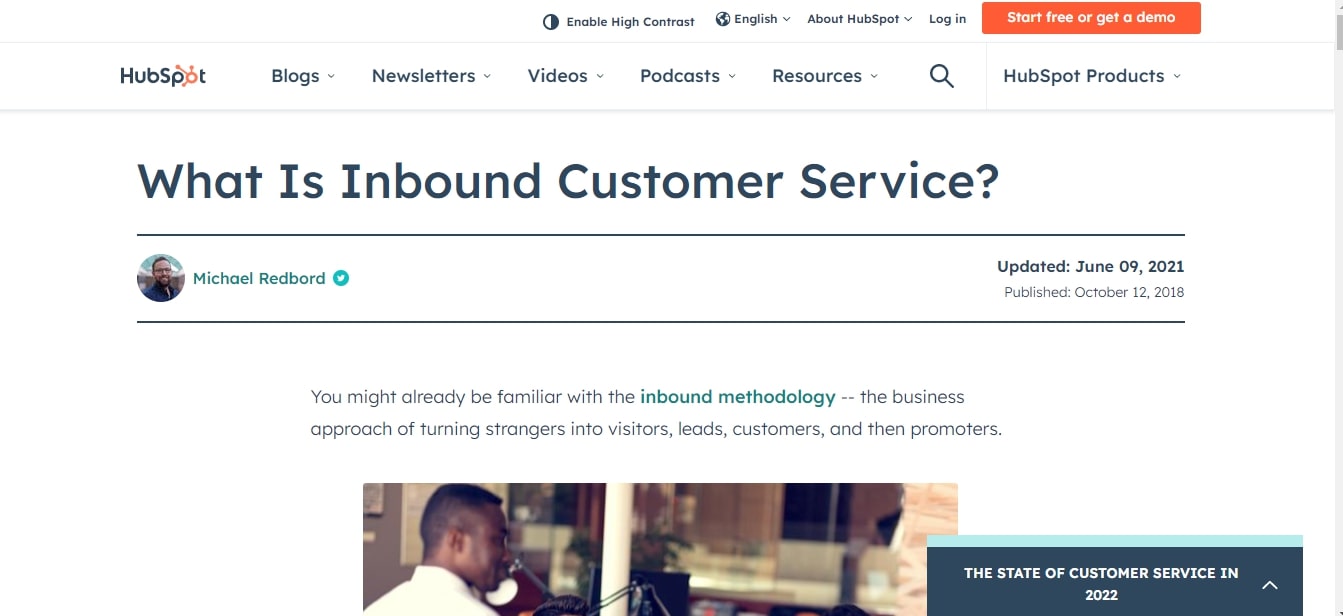
This "Inbound Customer Service" serves as a great example of a pillar post. The title is clear and concise, making it easy for readers to understand what the article is about.
So what makes this page so effective?
How to post?
This pillar post provides step-by-step instructions on performing a specific task or achieving a particular goal.
Think of it like a tutorial showing how to do something, instead of covering a large topic, it breaks it down into smaller detailed sections to help to learn.
You can use this pillar page to teach people how to do something, whether they are just starting or already have experience.
It depends on what you want to teach and why people search for the information.
Example:

Here's an example of a "how-to" pillar page by Hubspot titled "How to Conduct Buyer Persona Research." This pillar page explains the buyer persona research's goal and benefits.
So what makes this page so effective?
Choosing the Right Pillar for Your Audience
Consider your audience's search intent to determine the best pillar for your needs. Are they looking for a comprehensive guide on a subject? Or are they simply looking for a definition or how-to instructions?
Once you clearly understand their search intent, you can choose the appropriate type of pillar to address their problems and needs, to provide value effectively.
The 6 Steps To Create Pillar Content for a Website?
Strategic thought in content creation is crucial to any marketing campaign's success. Here are the building blocks for your content pillar strategy:
1. Establish your Content Pillar's Topic and Cluster Page Topics
To make an effective content pillar, you need to know your audience, choose a relevant topic, do keyword research, group related topics together, and optimize low-"hanging fruit".
Research Your Audience
Start by understanding your target audience's interests, pain points, and behaviors.
Conduct interviews, send out surveys, and analyze social media and customer questions to build a picture of your buyer personas.
Identify Your Pillar Topic
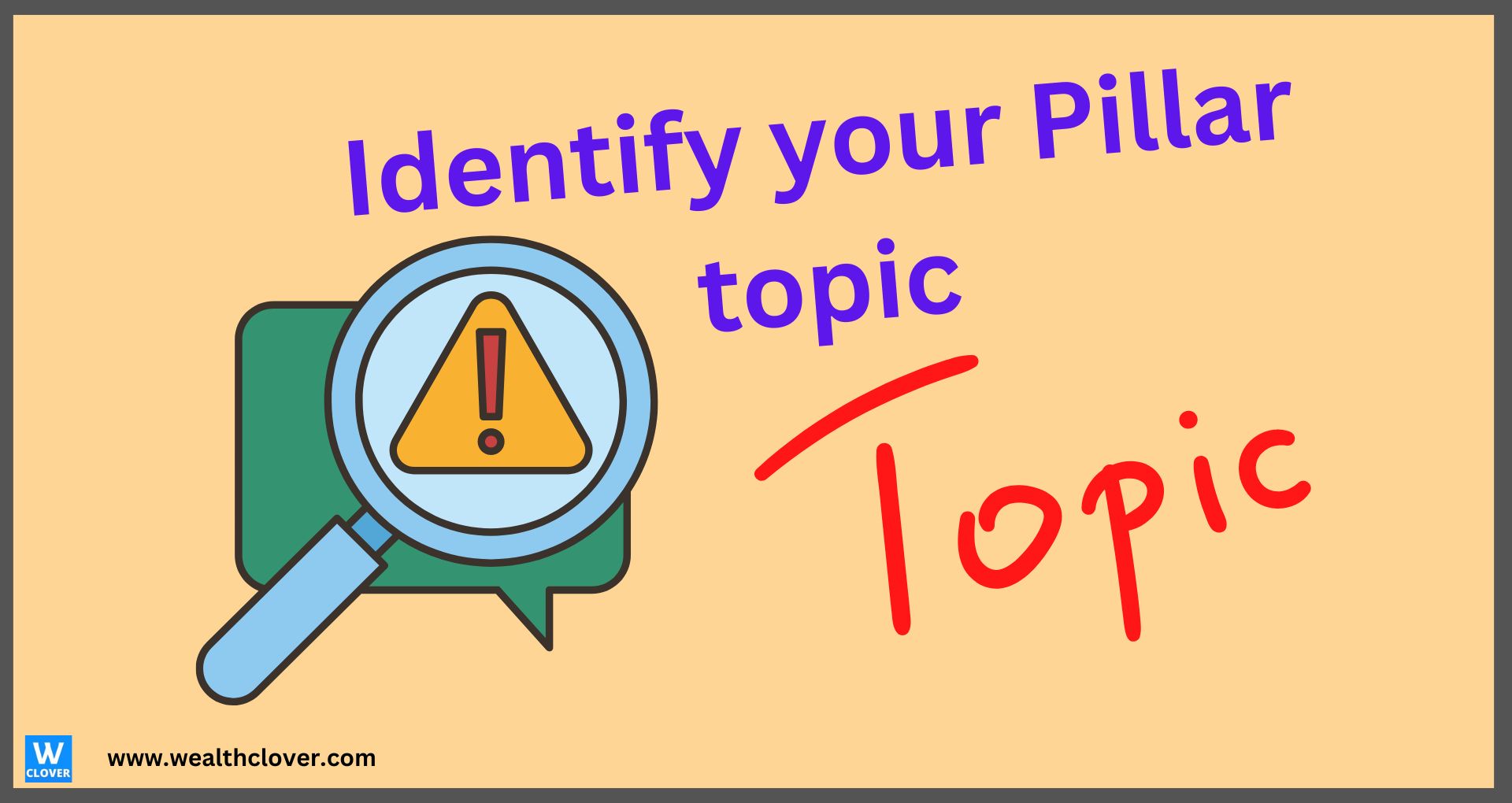
Make a list of high-level topics your audience is interested in, and use a tool for researching topics to ensure your ideas are coherent.
Select a topic that has potential for traffic, is relevant to your audience, and has the potential to become an evergreen piece of content.
Do Keyword Research
Using a keyword tool such as Keysearch, which will assess the seed keyword for your pillar page and finds related ones. Ensure that the search volume and keyword difficulty are optimal for your brand.
For instance, if you're thinking about making a pillar page for 3D printers, you should evaluate if the search volume and keyword difficulty are suitable for your brand.
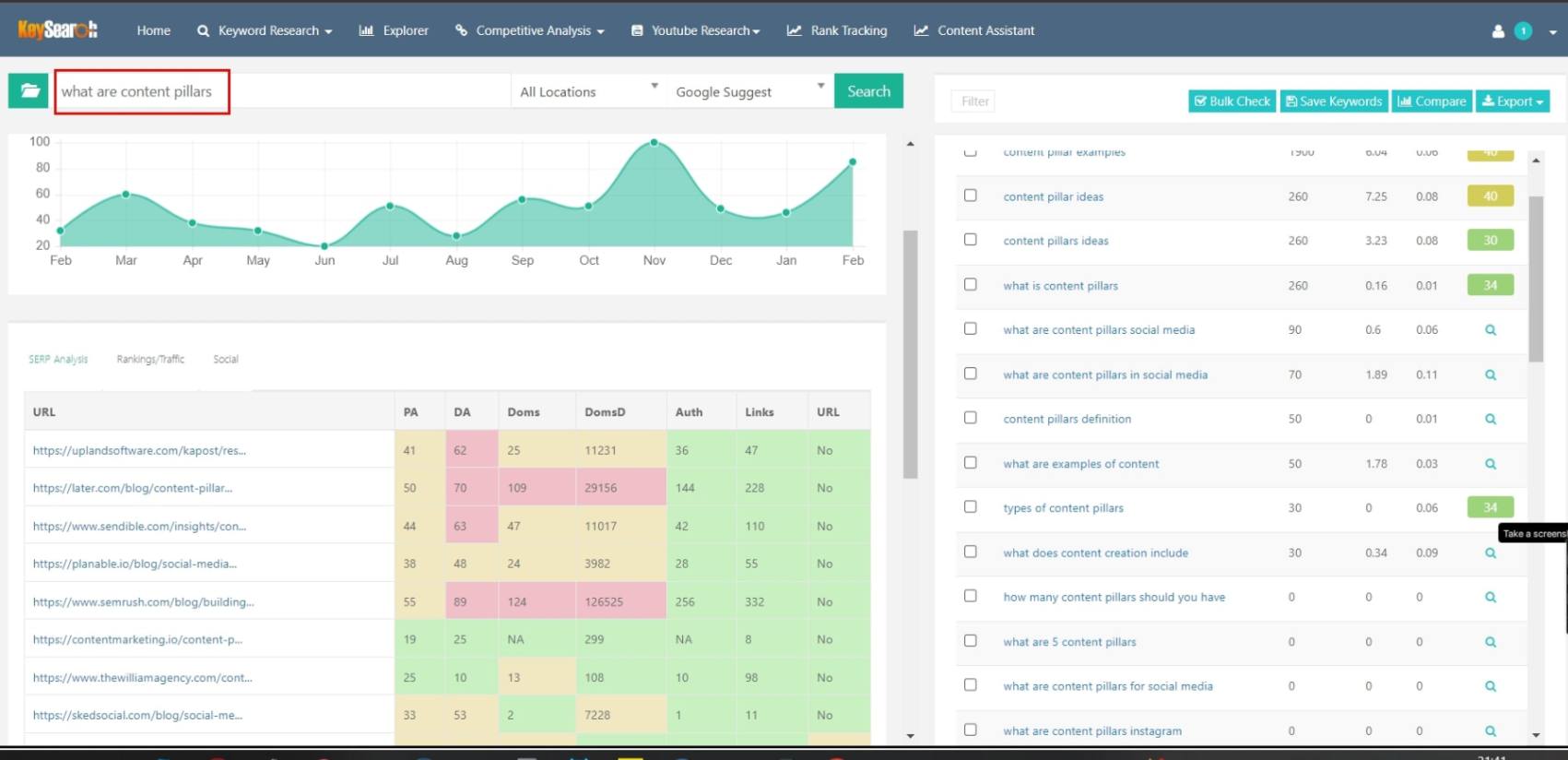
Create a List of Cluster Topics
Use the topic research tool again to find related subtopics that can be used as cluster topics for your pillar page. Plan the format of each subtopic, whether it's a blog, an infographic, or a video.
Optimize Low-Hanging Fruit
Once you've identified your subtopics, check if any existing content can be optimized to better align with your pillar page and improve its overall performance.
2. Assess the Existing Content on Your Website
Perform a thorough audit of your website's existing content to determine if you could optimize any pages for your pillar content strategy.
This will help you avoid creating duplicate content and make the most of the resources you already have.
Use a Content Audit tool to make this process easier and more efficient.
If you do not have existing content, start creating the pillar page before moving on to the cluster articles.
The order in which you build your content strategy may depend on what you already have and what you need to create.
3 . Examine What Your Competition Is Doing.
By analyzing your competitors' content strategies, you can gain valuable insights into what works and what doesn't in your niche.
You can also identify opportunities to differentiate your content and create something unique and beneficial for your target audience.
To perform a competitive analysis, start by:
4. Put Together Your Content Pillar
It's time to create your content after identifying your main topic, and clusters and trying to find an angle to stand out from your competitors.
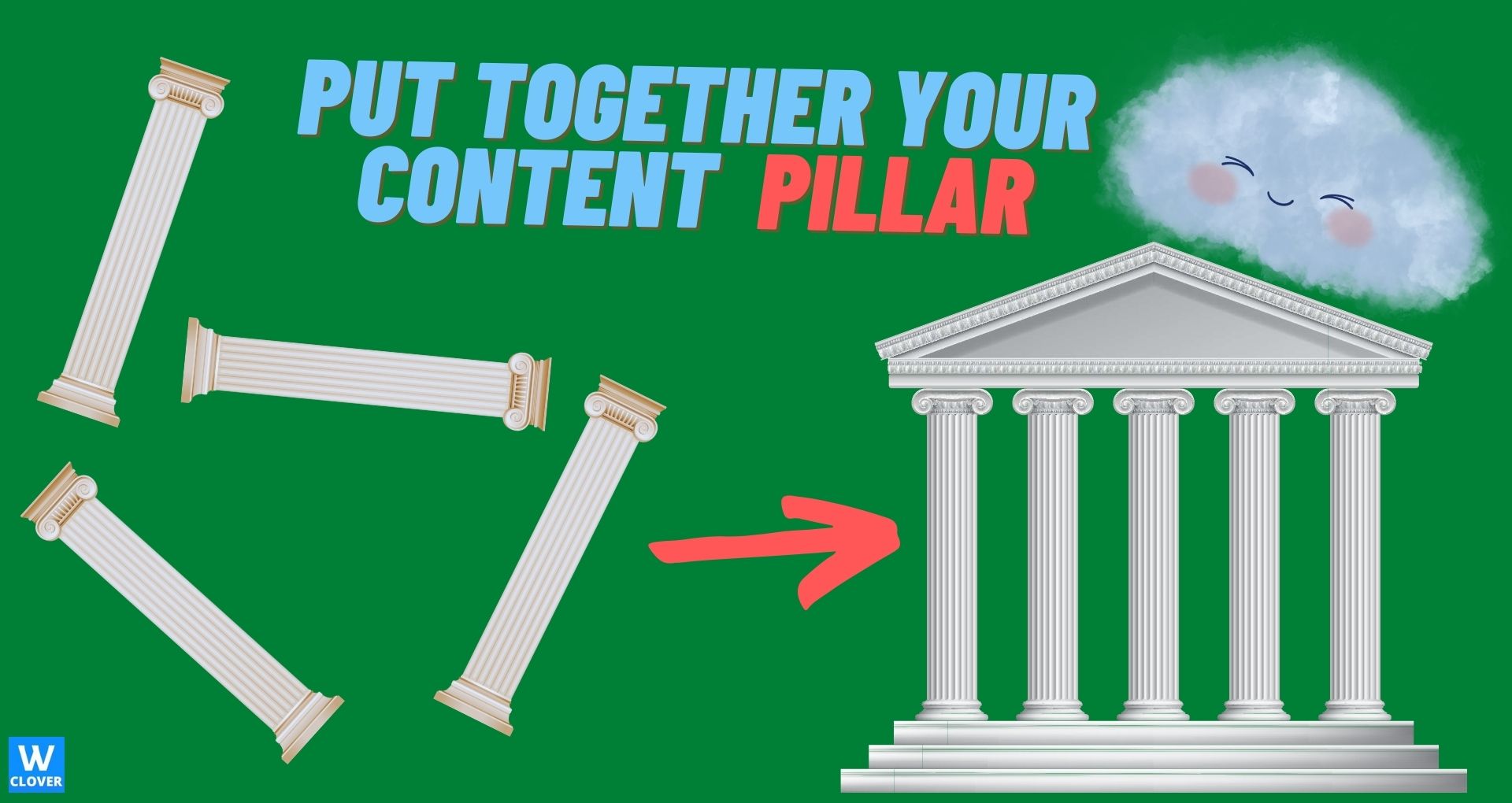
To create the structure of your pillar page, gather all the possible questions that the pillar page can answer and use them as a guide.
Use this checklist as your guide:
5. Connecting Your Cluster Content
Interlinking your cluster content to your pillar page and between the cluster pages is crucial for your information architecture.
For an example, check out Formlabs' pillar page on "3D Printers." It covers all the essential information about 3D printers, including types of printers, materials used, and applications.
The pillar page also links to cluster pages that delve into more specific topics like Mass customization, resin 3D printing, jewelry 3D printing, etc.
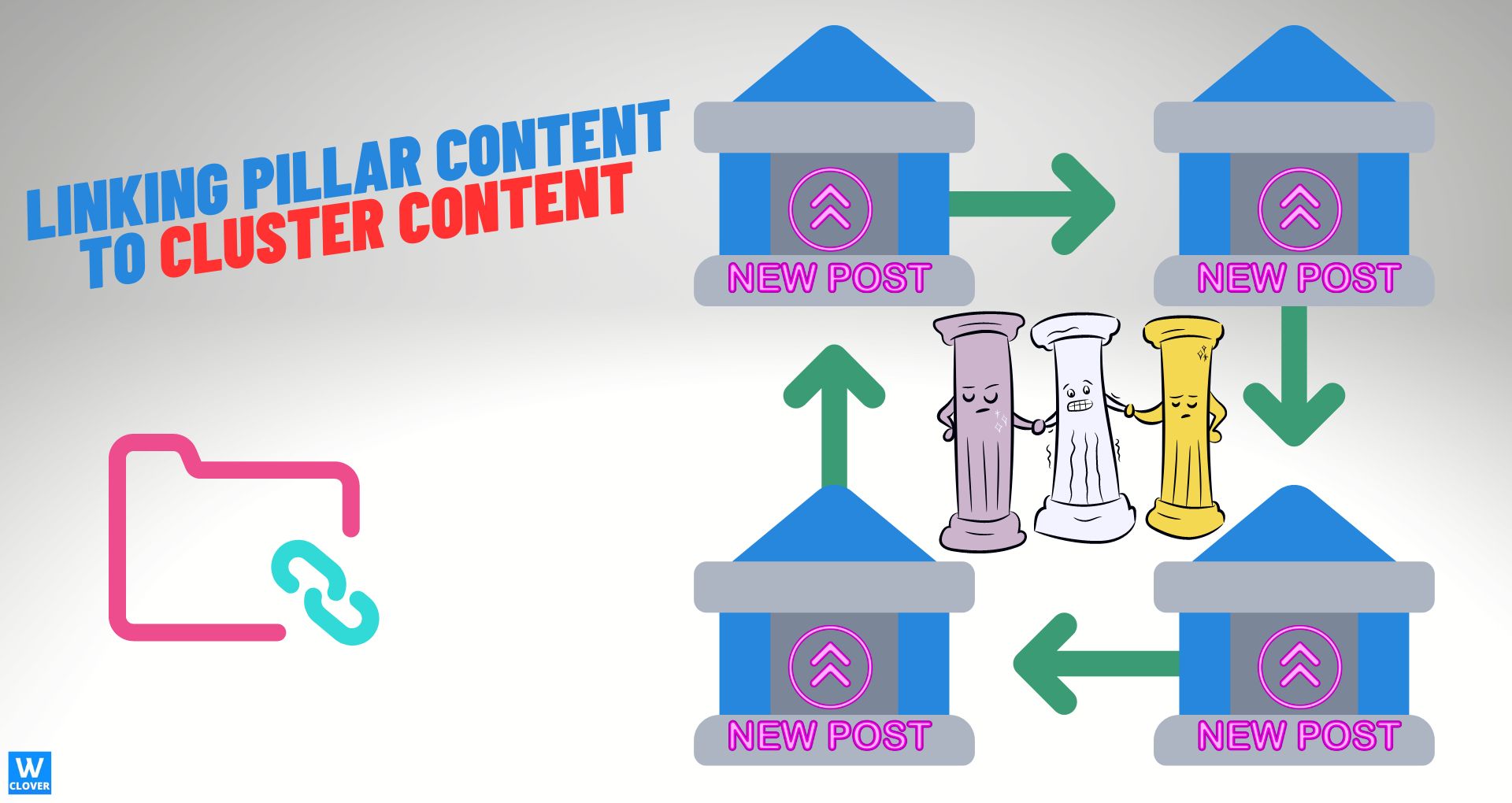
This way, the pillar page provides a comprehensive overview of the topic, and the cluster pages offer in-depth information on specific subtopics.
The interlinking structure helps users and search engines easily navigate the information, leading to a better user experience and improved search engine visibility.
6. Pillar Content Promotion
Distributing and promoting your pillar content is essential to reach your target audience and generate traffic to your website.
Here are some of the ways to increase the visibility of your content:
Pillar content promotion and exposure require a good content distribution plan.
Final Thoughts

Content pillars are the backbone of successful content creation, providing a roadmap for delivering high-quality, consistent content that aligns with your goals and message.
By defining your content pillars, you'll save time and resources while producing content that resonates with your target audience and delivers real results.
Don't wait any longer - start building your content pillars today and unleash the full potential of your content strategy!
FAQs

What can content pillars help with?
Content pillars can help with various content-related goals. These can include creating a consistent brand voice and tone, giving a structured approach to content creation, aligning content with business goals, improving the quality and relevance of content, and building a loyal audience.
How do you choose a content pillar?
Choosing a content pillar starts with understanding your target audience, their needs, and your business objectives.
Your content pillars should align with your overall messaging and reflect the topics that your audience is interested in and that you have expertise in.
It's essential to choose a limited number of pillars, typically 3, for which you can consistently produce high-quality content.
How many content pillars should you have?
The optimal number of content pillars is usually between 3-5. Having too many pillars can strain resources and compromise the consistency and quality of your content.
On the other hand, having too few posts may limit the scope of your content and miss opportunities to engage with your target audience.
What is the objective of the content pillar?
The objective of content pillars is to provide a comprehensive framework for consistently producing high-quality content that supports your business objectives and resonates with your target audience.
Recommended Articles
Page [tcb_pagination_current_page] of [tcb_pagination_total_pages]

